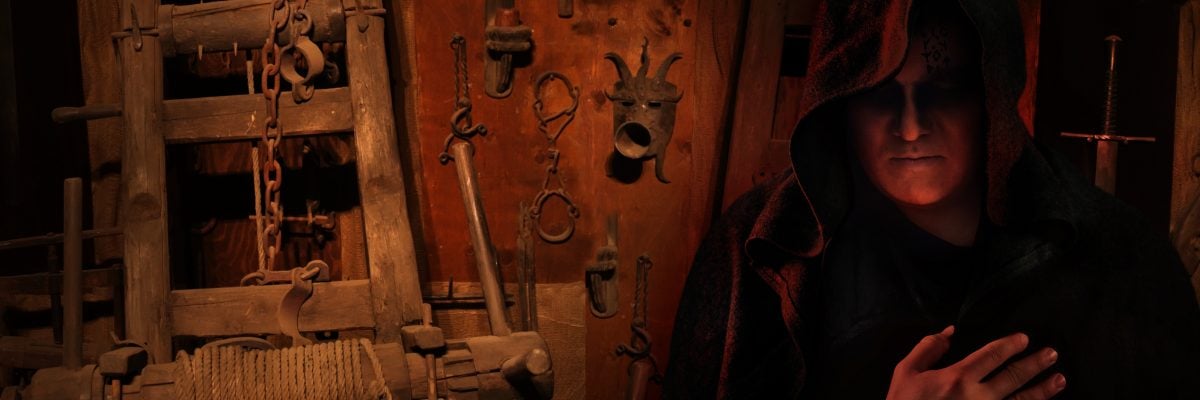www.catholic.com/magazine/online-edition/the-myth-of-the-spanish-inquisition

Many Catholics squirm at the very mention of the Spanish Inquisition, oftentimes conceding to claims that it was the most brutal time in Church history. But was it really as brutal as it is often described?
If you have never seen the BBC documentary The Myth of the Spanish Inquisition, I highly recommend it. At a little over forty-five minutes, it summarizes the most recent scholarship about the “Black Legend,” how it began, and why it persists.
Here are just a few of the more interesting points covered in the documentary:
- The “Black Legend” began as an anti-Spanish propaganda campaign that succeeded largely because of the invention of the printing press. The Inquisition was the prime target.
- Inquisitors were not fanatical priests as they are often portrayed. In fact, many of them were not priests at all but legal experts trained in Spanish schools.
- Contrary to popular belief, torture was rarely used. It was used less by the Inquisition than it was in the tribunals of other countries throughout Europe at the time.
- Stories about cruel torture methods used by the Inquisitors and the terrible conditions in which prisoners were kept were completely falsified. The Inquisition actually had the best jails in Spain.
- Prisoners of secular courts would actually blaspheme so that they could be transferred to Inquisition prisons and escape the maltreatment of the secular prisons.
- Persecuting witchcraft was a craze in Europe at the time, and secular courts were not tolerant of these kinds of offenses. The accused were often burned at the stake. The Inquisition, on the other hand, declared witchcraft a delusion. No one could be tried for it or burned at the stake.
- The Inquisition was virtually powerless in rural areas.
- In the entire sixteenth century, the Inquisition in Spain executed only about 50 people, which is contrary to the “Black Legend,” which numbers the executions in the hundreds of thousands.
- Of all the Inquisitions together throughout Europe, scholars estimate that the number of people executed ranged somewhere between 3,000 and 5,000. That averages, at most, about fourteen people per year throughout the entire continent over a period of 350 years.
The entire documentary is available on Youtube.
Enjoying this content? Please support our mission!Donatewww.catholic.com/support-us



